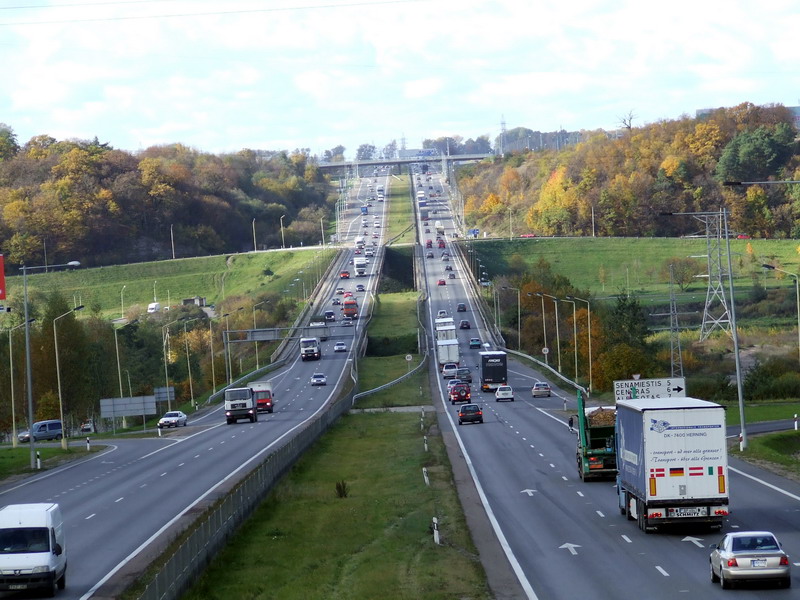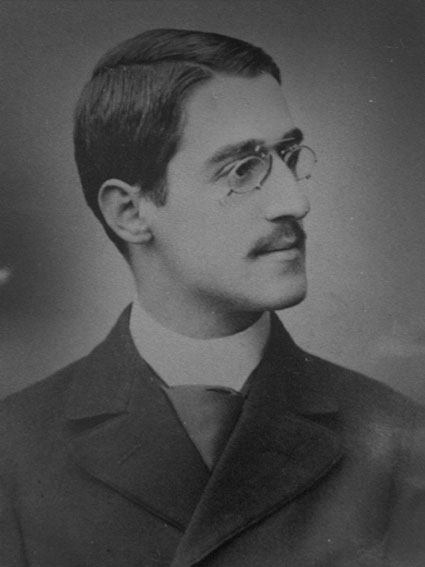|
Trastenik (village)
Trastenik () is a village in the municipality of Ivanovo, in the Ruse Province Ruse Province (), or Rusenska Oblast (, former name Ruse okrug) is a province in northern Bulgaria, named after its main city, Ruse, neighbouring Romania via the Danube. It is divided into eight municipalities with a total population, as of F ... of Bulgaria. In 2020 the population was 1485. The village is around 25 km away from the province center of Ruse, with the connection provided by route E85. Agriculture is well developed in the village, with crop production being the dominant sector - the main production of cereals. Cattle breeding and sheep breeding are well developed in stockbreeding. There are favorable conditions for the development of beekeeping in the countryside. n April 1900, amidst country-wide unrest against the tithe, a peasant rebellion erupted in the village following the district authorities' failure to address peasant grievances against the government-nominated muni ... [...More Info...] [...Related Items...] OR: [Wikipedia] [Google] [Baidu] |
Trstenik (other)
Trstenik is a South Slavic languages, South Slavic place name originating from the word ''wikt:trska#Serbo-Croatian, trska'' which means Reed (plant), reed. It may refer to: Croatia * Trstenik, Dubrovnik-Neretva County, a village in the Orebić municipality, Croatia * Trstenik (island), a small island near Korčula, Croatia * Trstenik, Istria County, a hamlet in the Lanišće municipality, Croatia * Trstenik, Split, a neighbourhood of the city of Split, Croatia * Trstenik, Zagreb County, a village in the Marija Gorica municipality, Croatia * Trstenik Nartski, a village near Rugvica, Zagreb County, Croatia North Macedonia * Trstenik (Rosoman), a village in Rosoman Municipality * Trstenik, Sveti Nikole, a village in Sveti Nikole Municipality Serbia * Trstenik, Serbia, a town in Serbia * FK Trstenik, football club from the town of Trstenik, plays in Serbian League East * Stari Trstenik, a village near the town of Trstenik Slovenia * Trstenik, Benedikt, a village in the Munici ... [...More Info...] [...Related Items...] OR: [Wikipedia] [Google] [Baidu] |
Ivanovo Municipality
Ivanovo Municipality () is a municipality ('' obshtina'') in Ruse Province, Central-North Bulgaria, located along the right bank of Danube river in the Danubian Plain. It is named after its administrative centre - the village of Ivanovo. The municipality covers a territory of with a population of 10,339 inhabitants, as of December 2009.Bulgarian National Statistical Institute - Bulgarian provinces and municipalities in 2009 The area is best known with the Rock-hewn Churches of Ivanovo which is an |
Ruse Province
Ruse Province (), or Rusenska Oblast (, former name Ruse okrug) is a province in northern Bulgaria, named after its main city, Ruse, neighbouring Romania via the Danube. It is divided into eight municipalities with a total population, as of February 2011, of 235,252 inhabitants. The Danube Bridge, one of only two bridges opened over the Danube, is located in the province. One of the versions of a folk song, inspired by the Ruse blood wedding, can be heard in the province. Municipalities The Ruse province (, ''oblast'') contains eight municipalities (, ''obshtina''; plural , ''obshtini''). The following table shows the names of each municipality in English and Cyrillic, the main town (in bold) or village, and the population of each as of December 2009. Demographics The Ruse province had a population of 266,213 (266,157 also given) according to a 2001 census, of which were male and were female. As of the end of 2009, the population of the province, announced by the Bul ... [...More Info...] [...Related Items...] OR: [Wikipedia] [Google] [Baidu] |
Ruse, Bulgaria
Ruse (also transliterated as Rousse, Russe; ) is the fifth-largest city in Bulgaria. Ruse is in the northeastern part of the country, on the right bank of the Danube, opposite the Romanian city of Giurgiu, approximately south of Bucharest, Romania's capital, from Varna, and from the capital Sofia. Thanks to its location and its railway and road bridge over the Danube ( Danube Bridge), it is the most significant Bulgarian river port, serving an important part of the international trade of the country. It is the 12th-largest of all cities on the river Danube. Ruse is known for its 19th- and 20th-century Neo-Baroque and Neo-Rococo architecture, which attracts many tourists. It is often called the Little Vienna. The Ruse-Giurgiu Friendship Bridge, until 14 June 2013 the only one in the shared Bulgarian-Romanian section of the Danube, crosses the river here. Ruse is the birthplace of the Nobel laureate in Literature Elias Canetti and the writer Michael Arlen. Ruse is o ... [...More Info...] [...Related Items...] OR: [Wikipedia] [Google] [Baidu] |
European Route E85
European route E85 is part of the International E-road network, which is a series of main roads in Europe. The E 85 starts from Klaipėda, Lithuania and ends at Alexandroupolis, Greece. The E 85 is long. The definition of its route by UNECE is: Klaipéda - Kaunas - Vilnius - Lida - Slonim - Kobrin - Luck - Černovcy - Siret - Suceava - Săbăoani - Roman - Bačau - Mărăsesti - TisiŃa - Buzău - Urziceni - Bucuresti - Giurgiu - Ruse - Bjala - Veliko Tarnovo - Stara Zagora - Haskovo - Svilengrad - Ormenio - Kastanies - Didymoteicho - Alexandropouli. Route Lithuania *: Klaipėda () - Kryžkalnis () - Kaunas ( ) - Vilnius ( ) *: Vilnius ( ) *: Vilnius () - Šalčininkai Belarus *: Beiniakoni - Lida - Slonim - Ivatsevichy () *: Ivatsevichy (Start of Concurrency with ) - Kobryn (End of Concurrency with ) Ukraine *: Domanove - Kovel () - Dubno () - Ternopil () - Chernivtsi - Porubne Romania *: Siret - Suceava () - Săbăoani () - Roman - Bacău () - Ti� ... [...More Info...] [...Related Items...] OR: [Wikipedia] [Google] [Baidu] |
1899–1900 Peasant Unrest In Bulgaria
Extensive peasant revolt, peasant unrest took place in Bulgaria in late 1899 and 1900, triggered by the Liberal Party (Radoslavists), Radoslavist government's decision to replace the land tax in rural areas with an in-kind tithe on agricultural produce. This change, set against a background of failed harvests and widespread corruption, was poorly received by the peasant population, who found the new system financially burdensome and unfair. The unrest was most active in the northeast of the country, though protests occurred in all agrarian regions. Opposition initially manifested through local rallies and petitions to the government and the prince in late 1899. However, it evolved into mass rallies and even clashes with the government by the spring of 1900. The government responded with force, deploying the military to quell the protests, which led to numerous clashes and casualties. This led to open rebellion in Trastenik (village), Trastenik and Durankulak, resulting in over 100 ... [...More Info...] [...Related Items...] OR: [Wikipedia] [Google] [Baidu] |

